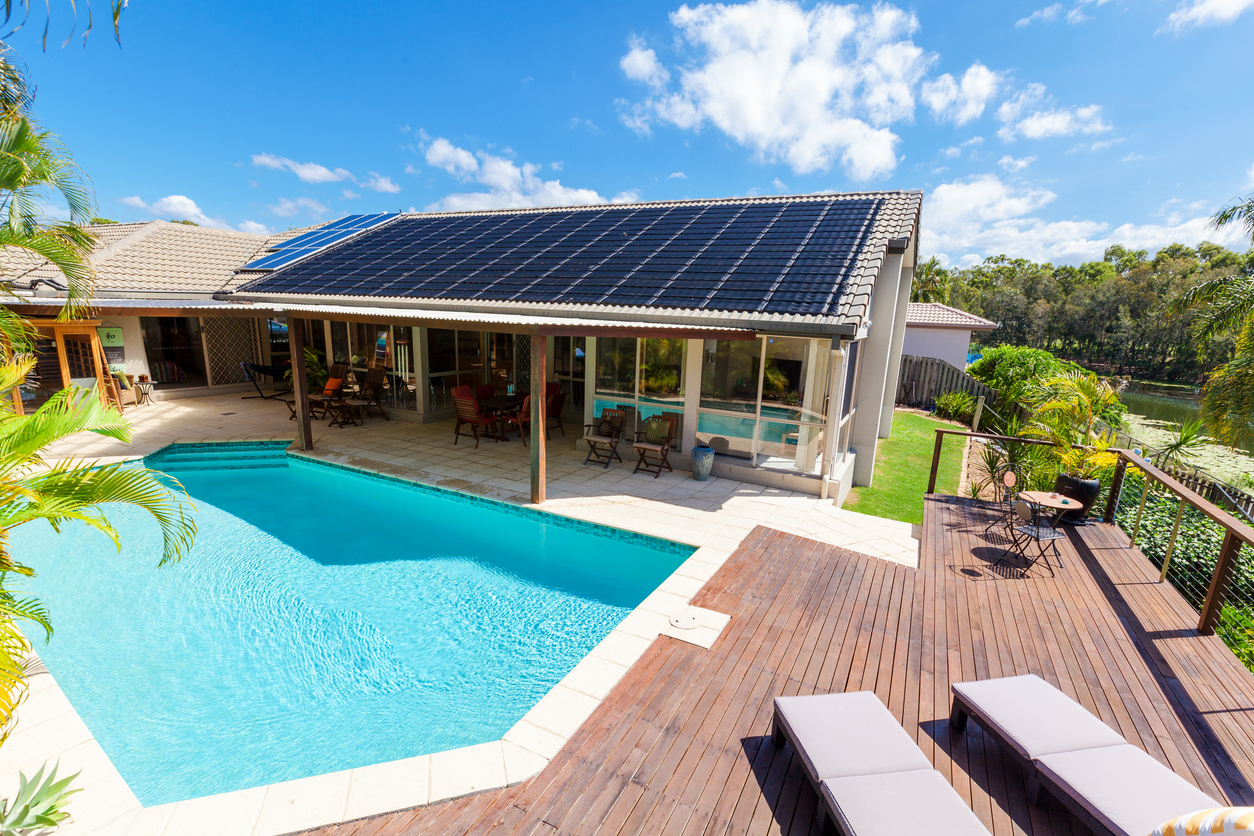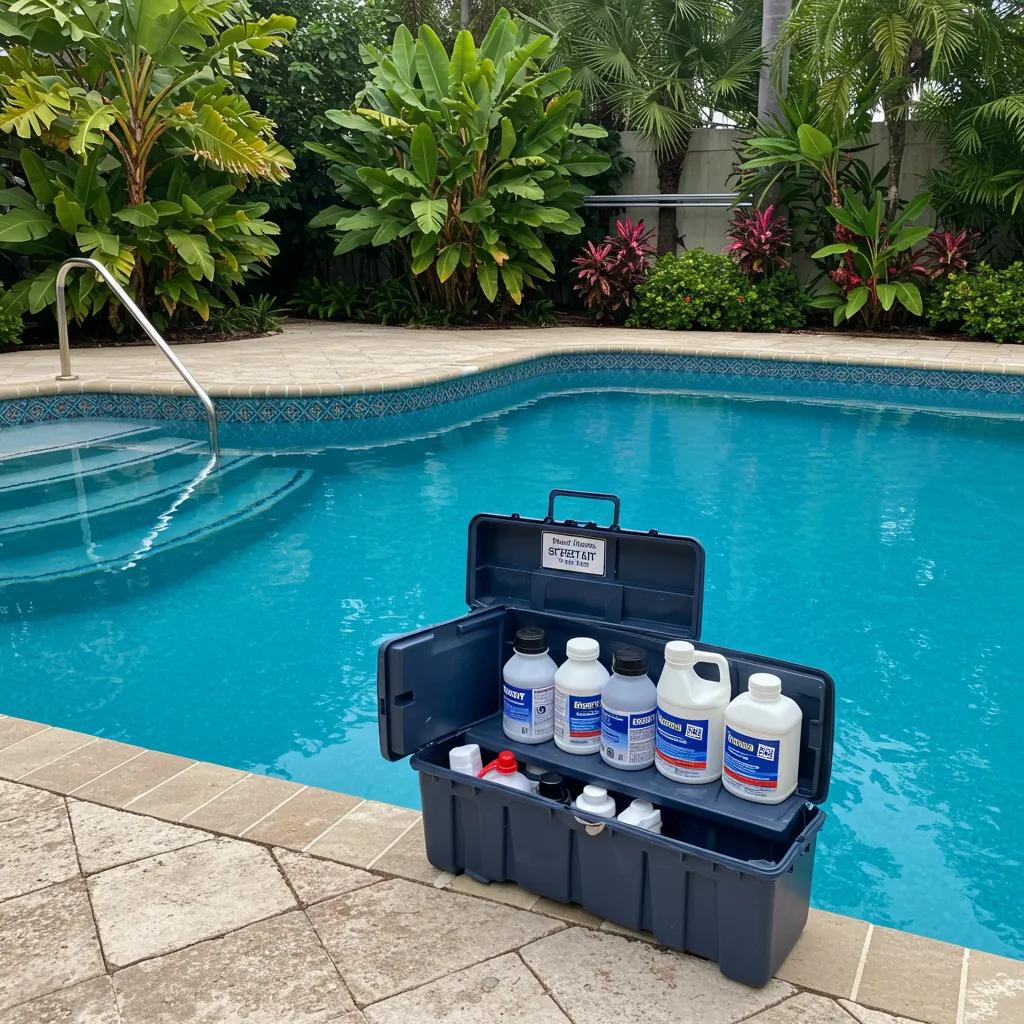
Over time, a pool cover can go from being a reliable barrier to becoming more of a hassle than a help. In Cape Coral especially, the summer months can be tough on outdoor equipment, pool covers included. Regular use, heat, direct sun exposure, and stormy weather all work together to wear it down. Eventually, it may stop doing its job — keeping your pool clean and protected. When that happens, it might be time to think seriously about pool cover replacement in Cape Coral.
Ignoring a worn-out pool cover can lead to water contamination, higher maintenance costs, and bigger safety risks. Whether it’s tearing at the seams or sagging under rainwater, recognizing these signs early can save you time and effort. If your pool cover is starting to look or act differently, you’re not alone. Homeowners across Cape Coral deal with these same challenges each year during summer. Knowing what to watch for is the first step toward a cleaner, safer pool.
Visible Wear And Tear
One of the first signs that your pool cover might be nearing the end of its useful life is simple wear and tear. These problems are easy to see during routine cleaning or when securing the cover in place. Some of the most common signs include:
- Small or large tears, especially near anchor points
- Frayed or unraveling edges
- Brittle material that cracks when folded
- Discoloration in areas that get the most sun
Pool covers spend a lot of time exposed to direct sunlight. Over time, UV rays break down the material and weaken its ability to stretch and seal the pool. Rain, debris, and even people walking across the cover can add stress, especially if the material is already compromised.
In Cape Coral’s hot climate, even well-made covers can start to crack or shrink after years of use. If yours is starting to sag or doesn’t sit evenly, it’s likely losing its structural strength. This not only affects function but also leads to more stress on other parts of the system, like the anchors and weights. Once small tears appear, they tend to spread quickly, especially when the cover is removed and reattached often.
Using patch kits to fix these issues might provide a short-term solution, but if problems keep showing up or getting worse, it usually points to more permanent damage.
Water Accumulation Difficulties
Even when the cover looks solid, poor water drainage can be another sign it’s time for a replacement. A quality pool cover should prevent water from pooling in the middle. When large puddles form, it creates pressure that wears down the material even faster and can lead to tearing.
Heavy rain is common in Cape Coral throughout the summer, and gutters or mesh panels on many covers are designed to let water pass through. When those systems stop working, either because debris clogs them or the fabric loses its shape, standing water becomes a problem. That stagnant water can become a breeding ground for bugs and create extra work when removing the cover.
Some signs to look out for:
- Pooling water that doesn’t drain after a rainstorm
- Cover droops under the weight of collected water
- Visible mold or mildew around puddled areas
- Frame and anchors pulling due to extra stress
If you’re removing gallons of rainwater manually each week, that’s a sign your current pool cover is no longer working the way it should. Replacing the cover with a newer model designed to handle drainage better can restore functionality and save time with maintenance.
Keeping your pool water clear and hassle-free starts with a well-fitted, fully functional cover. When water starts collecting instead of flowing off like it used to, it’s often the beginning of bigger problems.
Ineffective Debris Protection
As your pool cover ages, it can start letting debris slip through or settle on top instead of keeping your pool water clean. The whole purpose of using a cover is to cut down on outside mess, but once it begins losing that ability, you end up working harder to maintain your pool. Older covers might get stretched out or tear enough that leaves, twigs, and dirt get into the water, especially during windy days in Cape Coral.
One clear sign that your pool cover has stopped working is a noticeable increase in how often you need to skim the surface or clean out filters. When more debris gets past the cover, it not only makes the pool less inviting—it adds to cleaning time, uses up more chemicals, and puts your system under more stress. Over time, this added wear can raise costs and shorten the lifespan of your pool equipment.
Think about this: A homeowner notices large palm pieces on top of the pool cover most mornings. At first, they shake them off easily, but soon, they notice smaller debris making its way into the water or collecting in the skimmer basket even when the cover is on. That’s not just annoying—it’s a sign something’s wrong. If your setup is no longer keeping things out, it’s likely past the point of patching or repair.
When your goal is to keep your pool clean with less effort, a working and well-fitting cover makes a big difference. An updated pool cover with reinforced features can manage debris better and help you keep your system running smoothly week after week.
Frequent Repairs Point to the End
Once you reach the point of constantly fixing your pool cover, it may be time to stop repairing and start replacing. Replacing broken straps, patching tears, or adjusting anchors might work once or twice, but if it’s becoming a monthly or even weekly chore, the cover likely isn’t doing its job anymore.
Here are signs that maintenance has turned from the occasional task into a regular problem:
- You’ve patched the same section more than once
- Replacement parts are getting tougher to find
- The cover no longer stays taut or aligned
- It’s getting harder to operate safely or correctly
Pool covers are designed to work under tension and provide reliable protection when secured properly. If those elements are no longer consistent, safety becomes a concern. A sagging or loose-fitting cover can be a hazard, especially around kids or pets, and it doesn’t stop debris, pests, or water contamination.
Beyond that, older covers just aren’t built with the same materials or technology found in newer ones. Advancements in UV resistance, drainage, and wind durability can offer Cape Coral homeowners more peace of mind through storm season and beyond.
Instead of spending more time patching up an old or worn system, consider the long-term value of replacing it. A dependable new cover will bring back that feeling of confidence every time you close up the pool for the day.
Making the Right Choice for Your Cape Coral Pool
An aging pool cover can sneak up on you. One minute, it’s holding strong. The next, it’s sagging, shifting, or letting in every leaf, bug, and drop of dirty water that falls on it. That transition doesn’t always happen overnight, but it is easy to overlook—until you’re doing more cleaning or dealing with early signs of damage to your pool system.
The best way to stay ahead of the problem is by giving your pool cover a simple check each season. Look for cracks, tears, water buildup, and how well it keeps out debris. While small fixes may tide things over, most older covers will start developing repeated issues that signal it’s time for a full replacement. Don’t wait for the next heavy downpour or gust of wind to make the decision for you.
Swapping out a worn pool cover with a newer model means less time maintaining the water, fewer risks of contamination, and better safety all around your pool area. With modern options offering built-in drainage and stronger materials, it’s an investment that pays off quickly—especially during the long, hot stretch of summer in Cape Coral.
If you notice your pool cover showing more signs of wear with each season, it may be time to consider a change. Seemore Services, LLC understands that reliable maintenance keeps your pool safe and clean, which is why a dependable solution such as pool cover replacement in Cape Coral can make a significant difference in reducing ongoing repairs and preventing further damage. With improved drainage, enhanced strength, and better protection against debris, upgrading your cover can save you time and extra maintenance work. For a quick estimate or to book a service visit, please contact us today.















